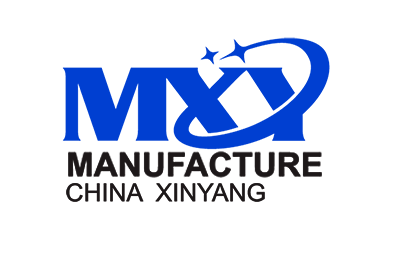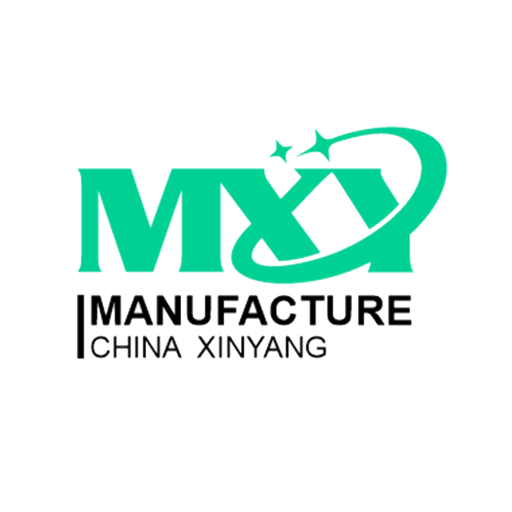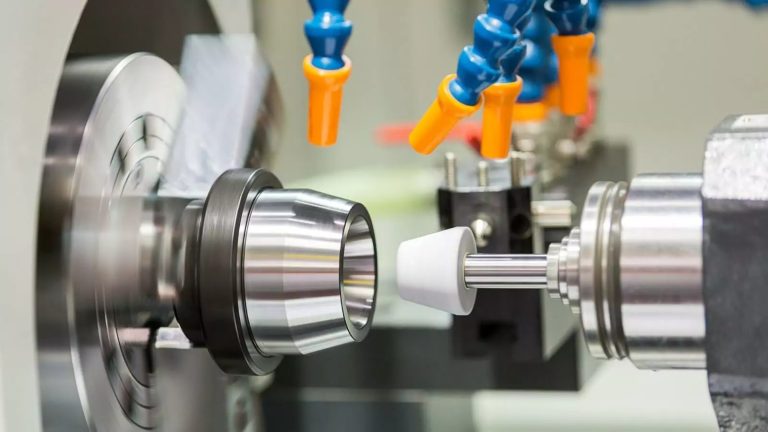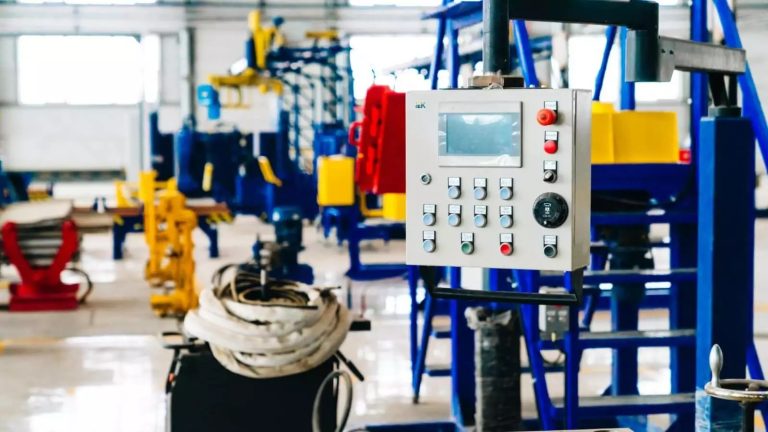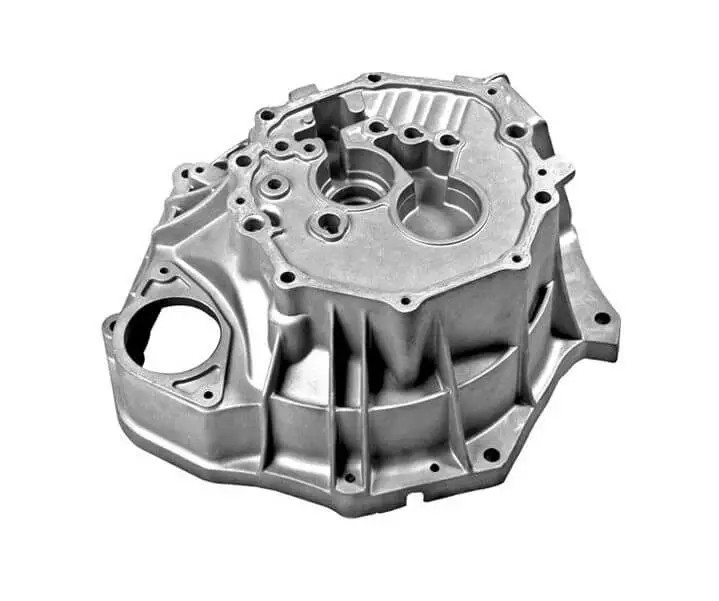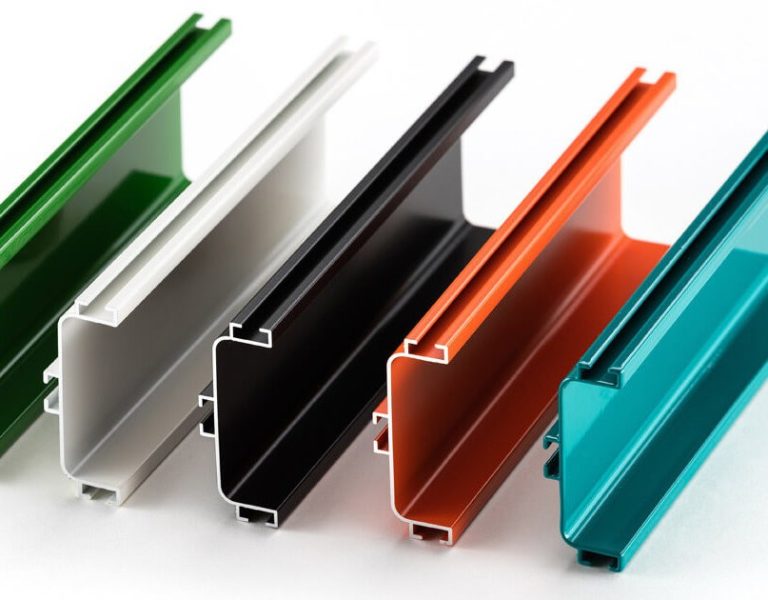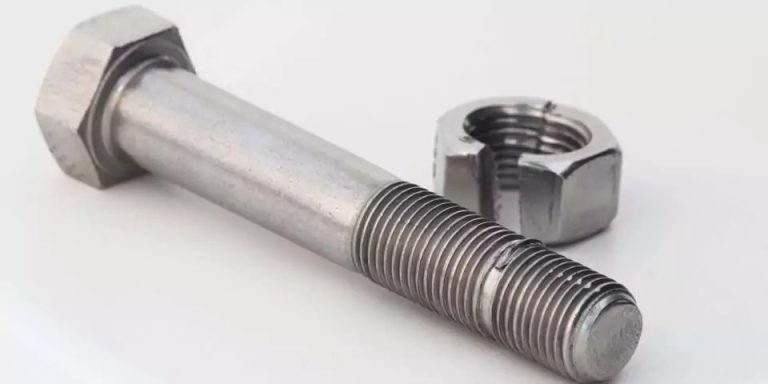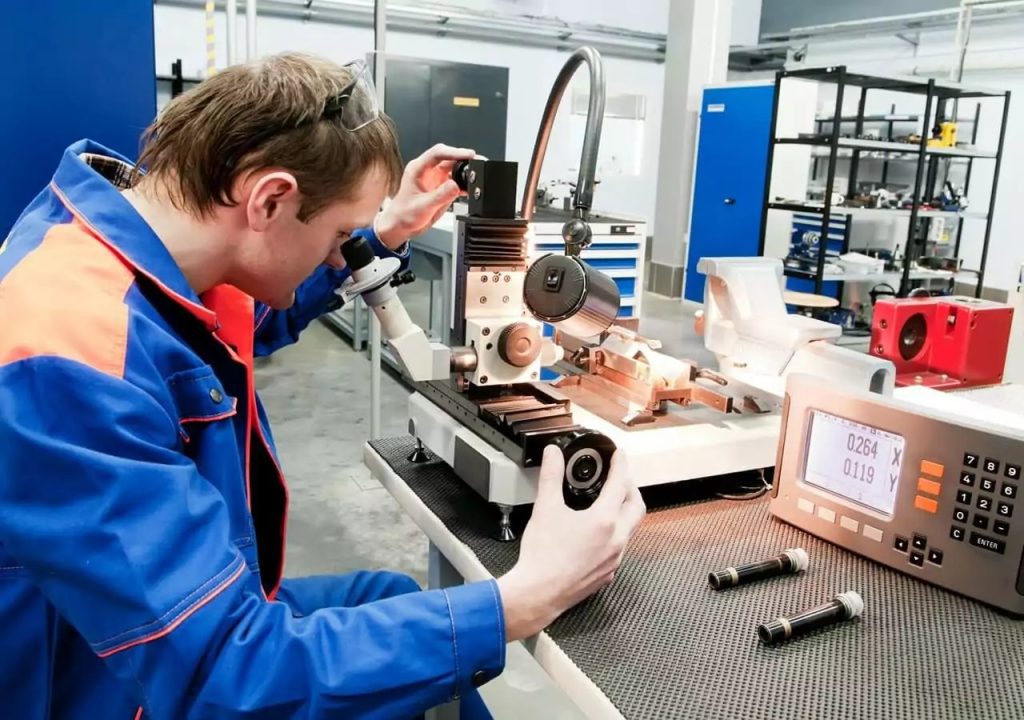
For many parts and products, a First Article Inspection (FAI) forms an important part of the quality assurance process. Parts manufactured by a third party should match up to the engineer’s designs, and an FAI is a way of making sure that this is the case.
But how exactly does a First Article Inspection work? Who carries it out? And is it necessary for all parts and orders? This article goes over the basics of FAI, helping you understand whether it is something you need to consider when ordering parts from your supplier.
Table of Contents
What is a First Article Inspection?
A First Article Inspection is a type of production validation process. It involves testing and inspecting the first part or parts produced in a batch (or sample parts from the first batch) in order to confirm that it matches up to the engineering drawings.
The number of units assessed in a First Article Inspection report depends on the order size. For production orders, a typical FAI will cover 3–5 units, chosen at random. For a very small batch or a run of prototypes it may only cover the first unit.
A range of metrology equipment can be used during a First Article Inspection. Many inspections will demand the use of a Coordinate Measuring Machine (CMM), while others may require calipers, gauges, etc. Material testing and other validation procedures may also form part of the FAI: for example, an alloy may be tested for hardness and any potential defects. The results of the inspection are written up in a report, which is sent to the buyer.
First Article Inspection is particularly important for new orders, i.e. when a part is being made using a certain manufacturing process for the first time. It may be less critical for repeat orders where the process has already been validated.
A First Article Inspection Report (FAIR) will indicate success or failure. If successful, production can continue as expected; if not, corrective action is taken and the product returns to the pre-production stage.
Who performs a First Article Inspection?
In most cases, a First Article Inspection can be carried out by the part supplier. This is usually agreed upon in the purchase order, as it provides a level of quality assurance. However, in some cases the supplier does not have the in-house facilities for FAI. In these cases, the inspection may be outsourced to a metrology laboratory, which will then complete the report.
As long as the First Article Inspection is conducted by an authorized person, there should be no major difference between whether it is performed by the supplier or by a contractor.
When do you need a First Article Inspection?
While a First Article Inspection would seem to apply to the first attempt to manufacture a part, it may actually be requested in various circumstances, including:
- When a part is manufactured for the first time
- When a part’s design is updated
- When the manufacturing process changes in some way (e.g. if a 3-axis CNC machine is replaced by a multi-axis machine)
- When the manufacturer changes location
- When a significant period of time has elapsed between orders
First Article Inspections are widely carried out in industries where parts have strict performance requirements. Such industries include defense, aerospace, automotive, and medical. They are not always required for simple consumer goods, apparel, and other low-risk areas, or for prototypes and small batches where there is minimal financial risk.
Aerospace and aviation are industries where First Article Inspection takes place for most parts. As such, standards organization SAE has published a standard for aerospace FAI. This is called the AS9102 standard.
What goes on a First Article Inspection Report?
A First Article Inspection Report (FAIR) contains a detailed breakdown of the inspection, showing what was tested, how it was tested, and the relevant results. An overview of information provided in an FAIR can be found below.
- Part Identification
- Part number
- Revision level
- Serial number
- Drawing number
- Supplier Information
- Name and address of the supplier or manufacturer
- Contact information
- Product Characteristics
- Dimensions
- Tolerances
- Material specifications
- Surface finish requirements
- Materials and Processes
- Specifications for raw materials
- Details on manufacturing processes
- Inspection Details
- List of measuring tools and equipment used during the inspection
- Description of the sampling plan used for inspection
- Date of inspection
- Inspection Results
- Actual measurements and data collected during the inspection
- Conformance or non-conformance to specified requirements
- Results of any required tests or validations
- Certifications and Documentation
- Certificates of compliance
- Material test reports
- Inspection and testing records
- Non-Conformance Reports (if applicable)
- Details on any deviations from the specified requirements
- Corrective actions taken or planned
- Other
- Signatures and dates of approval from relevant parties, such as quality assurance personnel or engineers
- Any additional comments or notes relevant to the inspection
XinYang quality assurance
XinYang is a trusted provider of prototyping and manufacturing services. We use cutting edge in-house measuring equipment, and our quality assurance includes material inspection, FAI, in-process inspection, and final inspection and testing. Contact us for a free quote on your next project.
